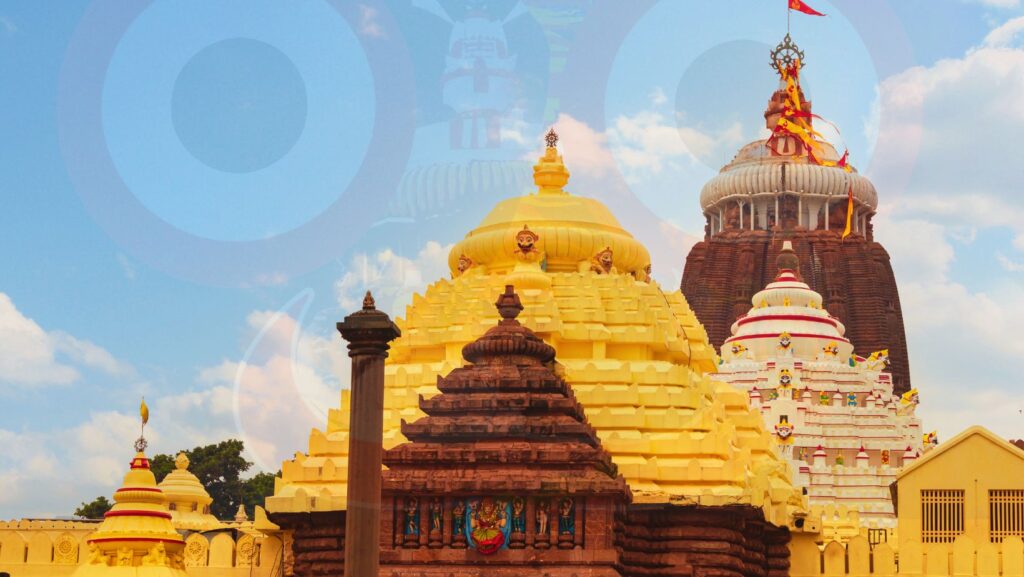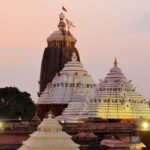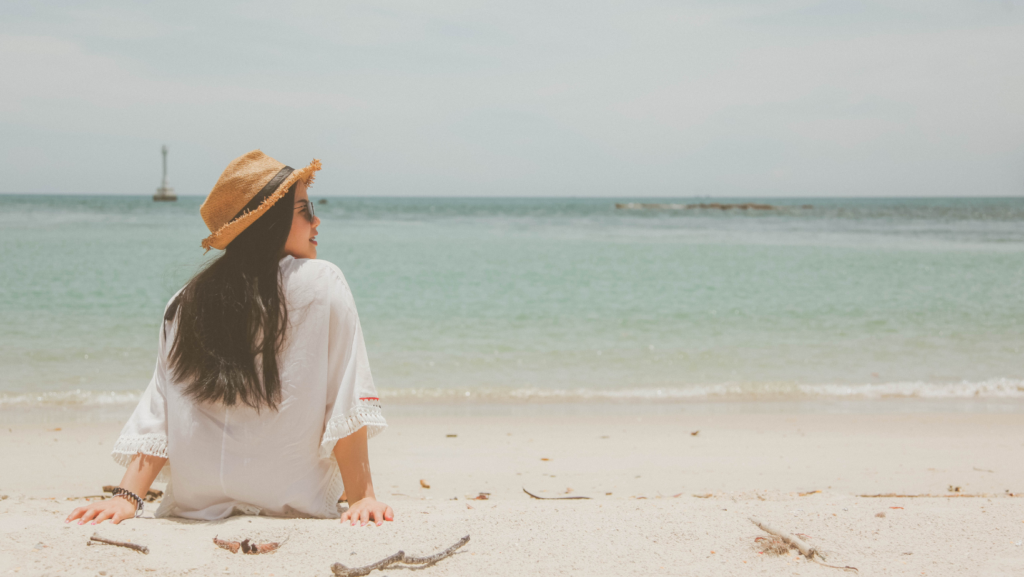Jagannath Puri is a city of wonders, where the divine and the mundane coexist in harmony. It is a place where you can experience the bliss of darshan, the joy of festivals, the beauty of the beach, the serenity of the lake, and the charm of the heritage. It is a place where you can find peace and happiness, and also learn and grow.
But how do you plan a perfect trip to Jagannath Puri? What are the things you should know before you visit this holy city? How do you make the most of your time and money in Puri?
Choose the Right Time to Visit
Puri has a tropical climate, with hot and humid summers, mild winters, and heavy monsoon rains. The best time to visit Puri is from October to March when the weather is pleasant and the festivals are abundant. Some of the major festivals that you can witness in Puri are Ratha Yatra, Chandan Yatra, Snana Yatra, and Nabakalebara.

Ratha Yatra, or the chariot festival, is the most famous and spectacular festival of Puri. It is celebrated in the month of June or July, when the three deities of Jagannath Temple, Jagannath, Balabhadra, and Subhadra, are taken out in procession on huge and decorated temple cars. Millions of devotees flock to Puri to pull the chariots and seek the blessings of the Lord.
Chandan Yatra, or the sandalwood festival, is celebrated in the month of April or May when the deities are taken on boats to the Narendra Sarovar, a sacred lake near the temple. The deities are smeared with sandalwood paste and adorned with flowers and jewels. The devotees can enjoy the boat ride and the cultural programs on the lake.
Snana Yatra, or the bathing festival, is celebrated in the month of June when the deities are bathed with 108 pots of water on a platform called Snana Mandap. The deities are then dressed in elephant costumes and worshipped as Gajanana, or the elephant-faced Lord. The deities then go into a period of seclusion, called Anavasara, for 15 days, during which they are said to be ill and recuperating.
Nabakalebara, or the new body festival, is a rare and auspicious festival that occurs once in 12 to 19 years, when the wooden idols of the deities are replaced by new ones. The old idols are buried in the temple premises and the new idols are carved from neem trees that are selected according to strict criteria. The festival coincides with the Ratha Yatra and attracts millions of pilgrims. The last Nabakalebara was celebrated in 2015.
Book your Accommodation in Advance
Puri is a popular tourist destination, and it can get crowded during peak seasons. To avoid any inconvenience, it is advisable to book your accommodation in advance. choose from a variety of options, such as hotels, guest houses, ashrams, and mutts. Some of the recommended places to stay in Puri are Neelachal Bhakta Niwas, Neelachal Yatri Niwas, Neeladri Bhakta Niwas, Shree Purushottama Bhakta Niwas, and Shree Gundicha Bhakta Niwas.
Visit the Jagannath Temple
The main attraction of Puri is the Jagannath Temple, which is one of the four holy Dhamas of India. The temple is dedicated to Jagannath, a form of Vishnu, along with his brother Balabhadra and sister Subhadra. The temple is also famous for its annual Ratha Yatra, or chariot festival, in which the three deities are pulled on huge and decorated temple cars. The temple is open for darshan from 5 am to 11 pm and has different rituals and ceremonies throughout the day. also visit the Emar Mutt and the Govardhan Math, which are associated with the Vaishnava saints Ramanuja and Adi Shankaracharya.
Jagannath Temple is a marvel of architecture and art and has a rich history and legend. The temple was built by King Anantavarman Chodaganga Deva in the 12th century and was later renovated by King Narasimha Deva I in the 13th century.
Temple complex covers an area of 10.7 acres and has four gates, four halls, and four towers. The main tower, called the Vimana, is 214 feet high and has a flag and a wheel on top. The flag is changed every day and the wheel is said to be the Sudarshana Chakra of Vishnu.
Puri Jagannath Temple’s Main gate called the Singhadwara, or the lion gate, has two stone lions and a pillar called the Aruna Stambha, which was originally at the Konark Sun Temple. The main hall called the Jagamohana, or the audience hall, has a huge wooden door and a stone throne.
The inner hall, called the Nata Mandir, or the dance hall, has beautiful carvings and paintings. The sanctum, called the Garbha Griha, or the womb chamber, has the idols of the three deities, made of wood and covered with cloth. The idols are replaced every 12 to 19 years in the Nabakalebara festival.
Jagannath Temple is a hub of devotion and spirituality and has various rituals and ceremonies throughout the day. The temple follows a strict schedule of 16 services, called Nitis, which include waking up the deities, bathing them, dressing them, offering them food, putting them to sleep, and so on.
Most important Nitis are Mangala Arati, Gopala Ballava, Sakala Dhupa, Madhyana Dhupa, Sandhya Arati, and Sayana Dhupa. The deities are also offered different types of food, called Bhoga, which include rice, dal, vegetables, sweets, fruits, and so on.
The food is cooked in earthen pots on a wood fire and is offered to the deities in the Ananda Bazaar, or the blissful market, which is the largest kitchen in the world. The devotees can buy the food, called Mahaprasad, or the great offering, which is considered to be very auspicious and delicious.
Explore the other attractions of Puri
Besides the Jagannath Temple, Puri has many other places of interest, such as Puri Beach, the Chilika Lake, the Konark Sun Temple, the Raghurajpur Heritage Village, the Narendra Sarovar, and the Gundicha Temple. You can enjoy the scenic beauty of the sea and the lake,
Enjoy the scenic beauty of the sea and the lake, marvel at ancient architecture and art, and experience the rural life and culture of Odisha. Here are some of the other attractions of Puri that you can explore:
• Puri Beach:
Puri Beach is one of the most popular and beautiful beaches in India. It is located on the shore of the Bay of Bengal, known for its golden sand, blue water, and serene atmosphere.
Relax on the beach, watch the sunrise or sunset, swim in the sea, or enjoy activities like surfing, boating, camel riding, and so on. You can also visit the nearby Swargadwar, or the gateway to heaven, which is a cremation ground and a holy place for Hindus.
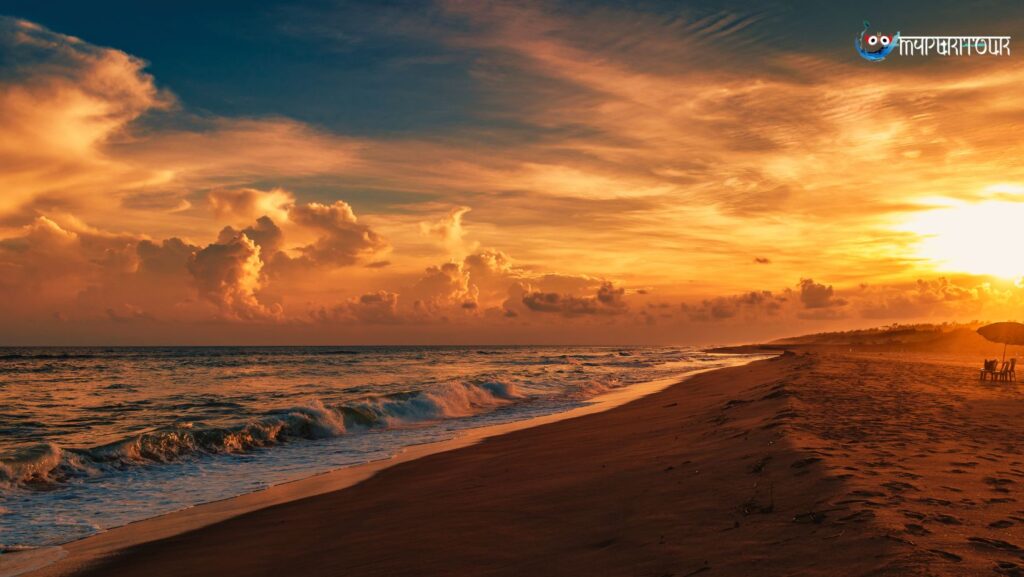
• Chilika Lake: The Chilika Lake is Asia’s largest brackish water lagoon, and a paradise for nature lovers and bird watchers. It is located about 50 km from Puri and covers an area of 1100 sq km. It is home to a rich biodiversity, including the endangered Irrawaddy dolphins, sea turtles, flamingos, pelicans, cranes, and many other migratory and resident birds.
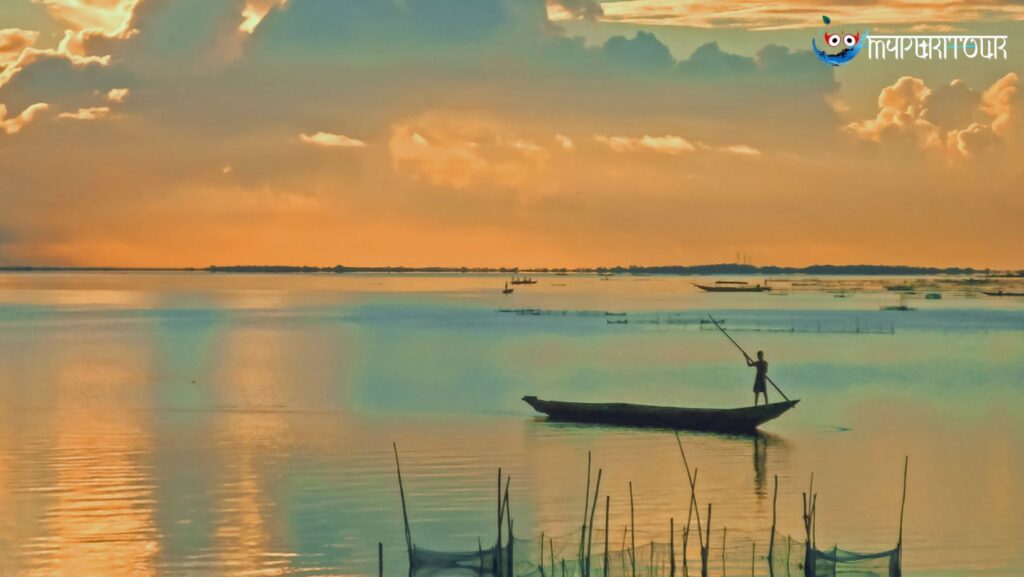
• Konark Sun Temple: The Konark Sun Temple is a UNESCO World Heritage Site and a masterpiece of Indian architecture and art. It is located about 35 km from Puri and was built by King Narasimha Deva I in the 13th century.
It is dedicated to Surya, the sun god, and is designed as a huge chariot with 12 pairs of wheels and seven horses. The temple is famous for its exquisite stone carvings, depicting various scenes from Hindu mythology, astronomy, eroticism, and daily life. The temple is also known for its alignment with the sun, and the phenomenon of the first rays of the sun falling on the main idol.
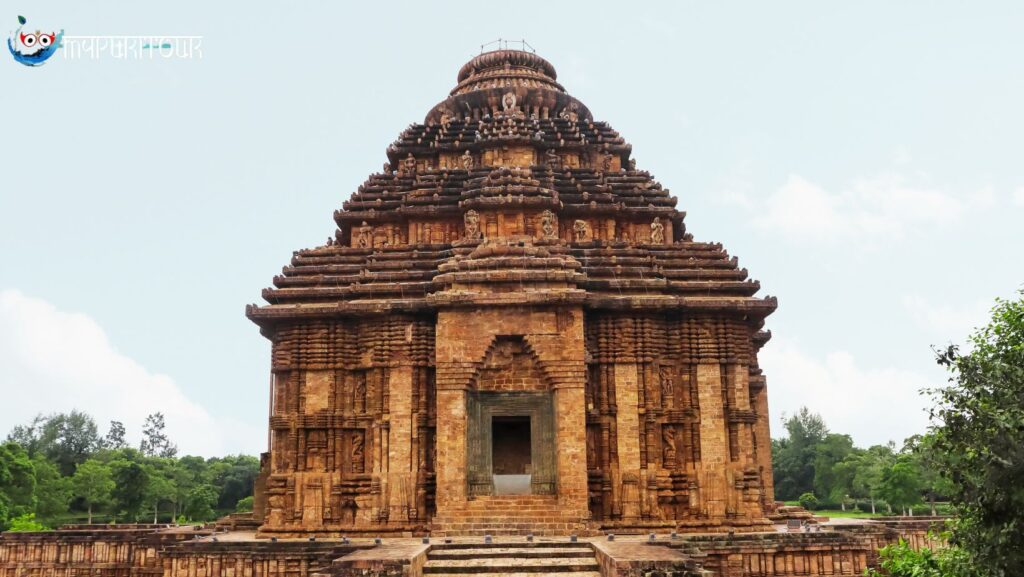
• Raghurajpur Heritage Village: The Raghurajpur Heritage Village is a unique and charming village, where every household is an artist’s studio. It is located about 14 km from Puri and is famous for its pattachitra paintings, which are made on cloth or palm leaf using natural colors.
The paintings depict various themes from Hindu mythology, folklore, and history. The village is also known for its other crafts, such as applique work, stone carvings, paper mache, and wooden toys. Visit the village, interact with the artists, watch them work, and buy their products.
• Narendra Sarovar: The Narendra Sarovar is a sacred lake, where the deities of Jagannath Temple are taken on boats during the Chandan Yatra festival. It is located near the Jagannath Temple and is surrounded by many temples and shrines. The lake is also a place of recreation and relaxation, where you can enjoy the boat ride, the greenery, and the tranquility.
• Gundicha Temple: The Gundicha Temple is a temple where the deities of Jagannath Temple stay for seven days during the Ratha Yatra festival. It is located about 3 km from the Jagannath Temple and is also known as the aunt’s house of Jagannath.
The temple is built in the Kalinga style of architecture and has a simple and elegant structure. The temple is also a place of meditation and devotion, where you can feel the presence of Jagannath, Balabhadra, and Subhadra. You can also visit the nearby Indradyumna Sarovar, which is a pond where the deities are bathed before entering the temple.
Puri is a place where you can experience the divine presence of Jagannath, and also enjoy the beauty and diversity of Odisha. Puri is a place where you can have a lifetime of memories, and also a glimpse of eternity. So, what are you waiting for? Pack your bags and get ready to explore the wonders of Puri.

